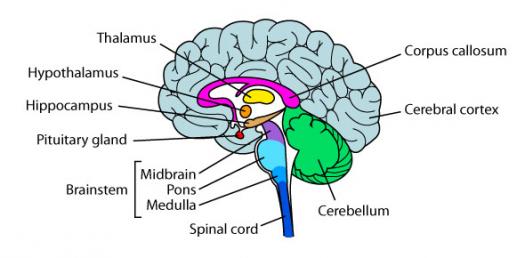SOCIAL PSYCHOLOGY
What are the three parts of Social Psychology?
- Relations
- Influence
- Thinking
What is the definition of Social Psychology?
- The study of how we think about, influence and relate to one another.
- "Sociology"
What is Social Thinking?
- How we think about one and other
- Mental image of somebody
What is Attribution Theory?
- The idea that we give a casual explanation for someone's behavior either to the situation or to a persons disposition.
An example of Attribution Theory
- Was my friend a jerk because she is a bad person or because she's having a bad day.
What is Fundamental Attribution Error?
- To tendency to underestimate the impact of a situation and overestimate the impact of personal disposition.
An example of Fundamental Attribution Error
- Road Rage- "Maybe that driver is ill (Situation) / "Crazy Driver" (Disposition)
What is the definition of Attitude?
- A belief of feeling that predisposes one to respond in a particular way to something.
Attitude Guide
- Internal + External Influences = Behavior
What is Foot in the Door Phenomenon?
- The tendency for people who have first agreed to a small request to later comply with a larger request
An example of Foot in the Door Phenomenon
- If I give you an answer on a quiz, you might ask for another.
What is Door in the Face Phenomenon?
- The tendency for people who say no to a huge request, to comply with a smaller one.
An example of Door in the Face Phenomenon
- Driving your parents car vs Getting dropped off
What is Cognitive Dissonance Theory
- Conflict against belief
- We do not like when we have either conflicting attitudes or when our attitudes do not match our actions.
- When they clash we will change our attitudes to create balance
An example of Cognitive Dissonance Theory
- Principle vs Administrative rules

No comments:
Post a Comment